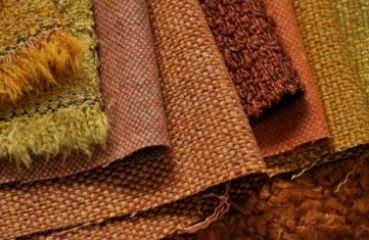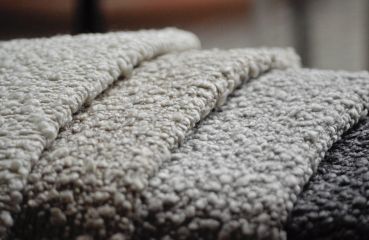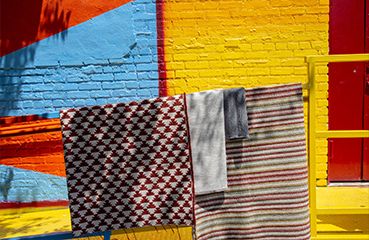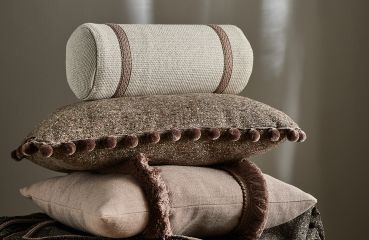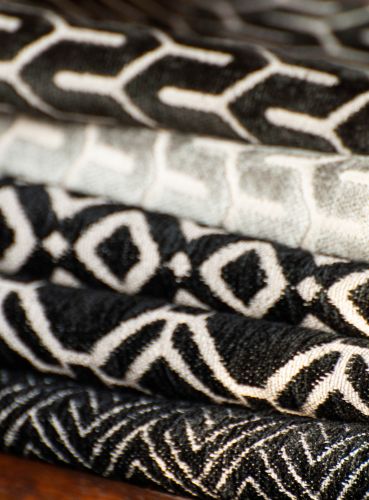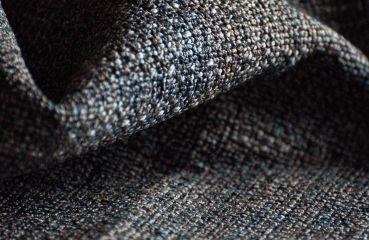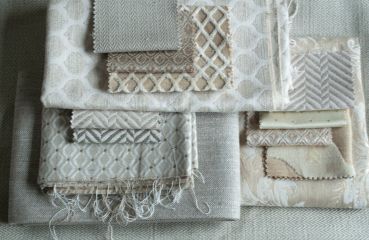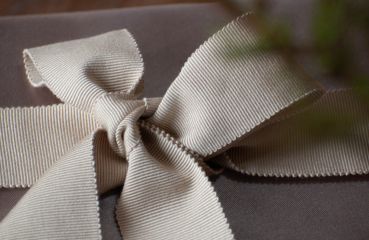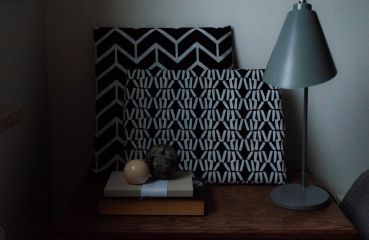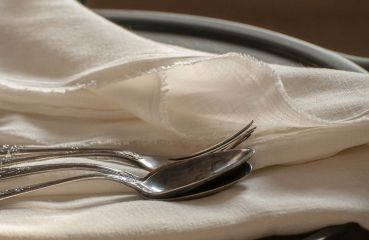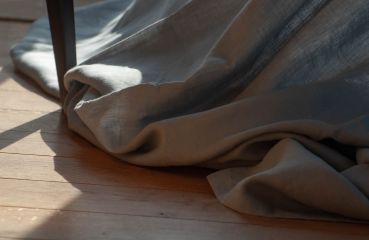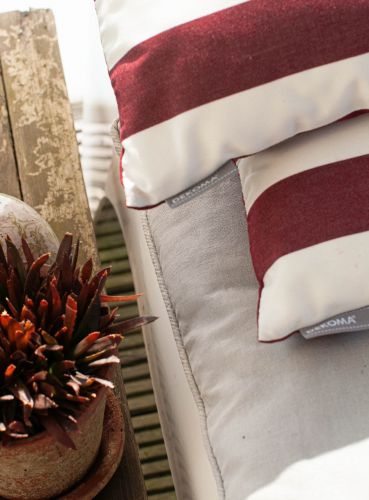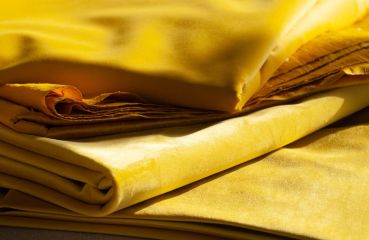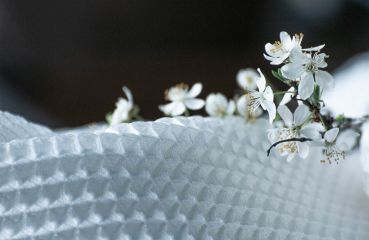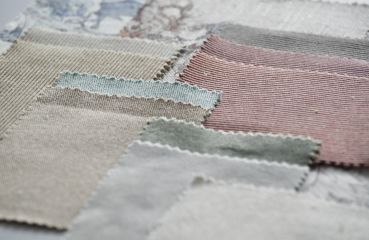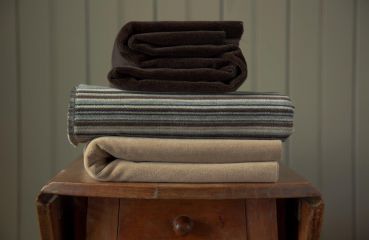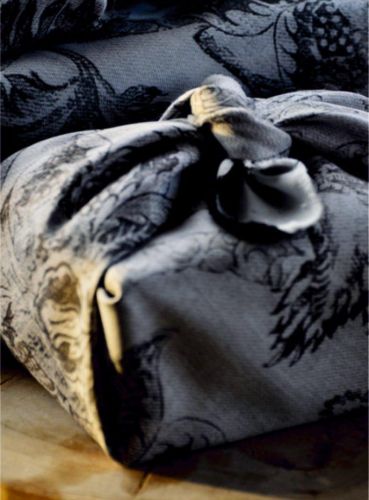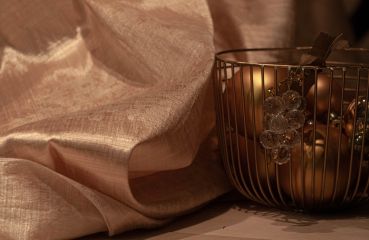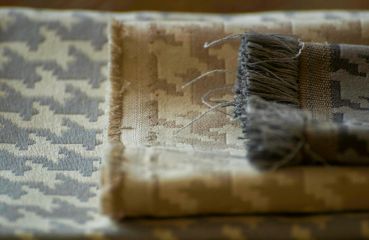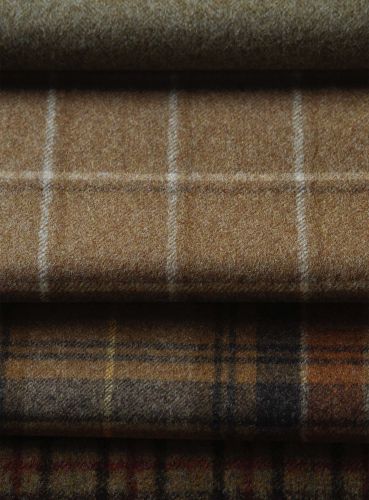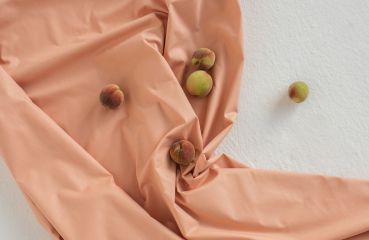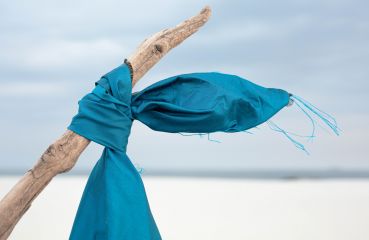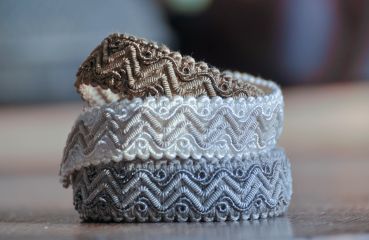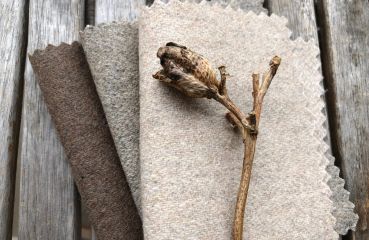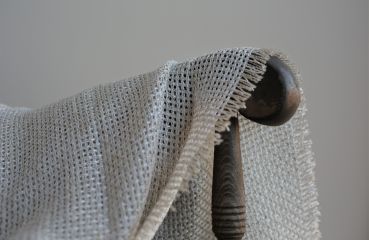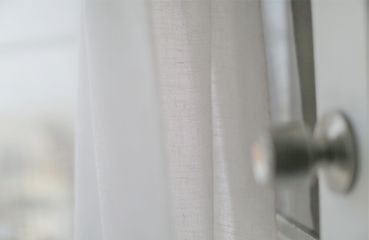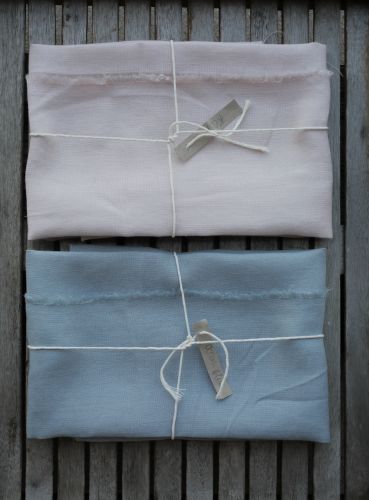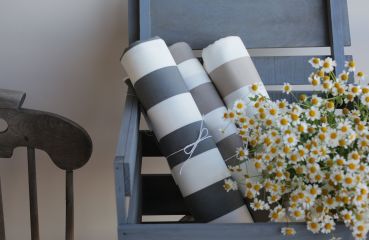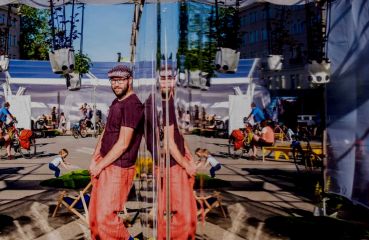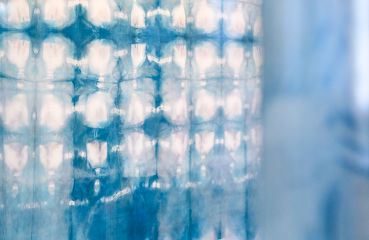OUTDOOR FABRICS EXPLAINED
Affirmation of simple life, the deckchair and democratic luxury.
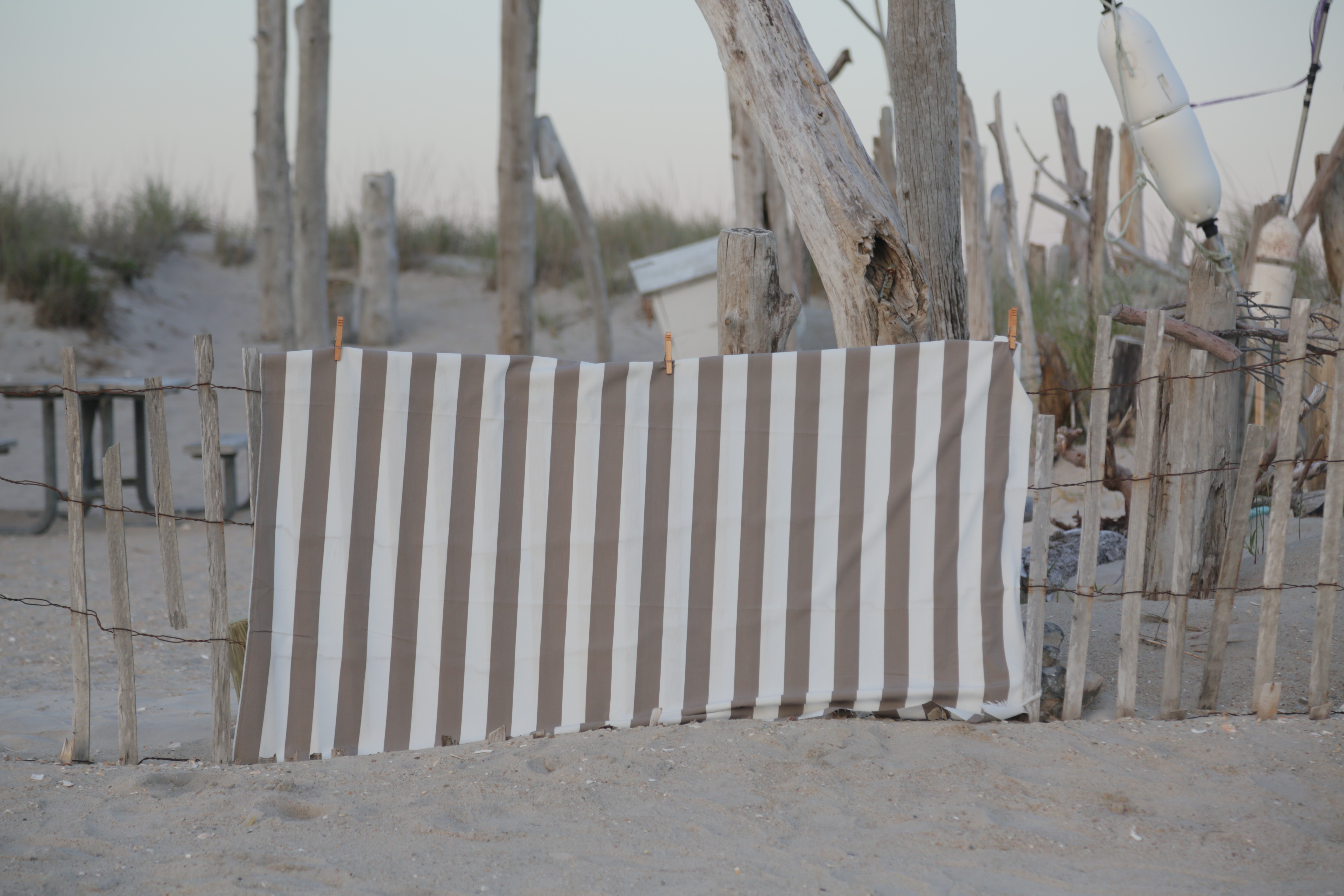
Summer is the time when we long for moving our entire lives outdoors. We are drawn to the garden, near the water, to the beach or, if these are not available, at least to the balcony or to a swimming pool – literally anywhere we can be closer to nature, breathe fresh air, look at the clouds and soak up the sun. Being outdoors, we enjoy the simplest of things. The most ordinary food tastes great, wild flowers are a source of inspiration – accompanied by summer fabrics they can look like a most sophisticated bouquet. For a moment we refrain from shopping on-line and start collecting pebbles and seashells on the beach. In other words, we go back to our roots. We manage to settle for less, we appreciate simplicity and quality of tried and tested solutions.
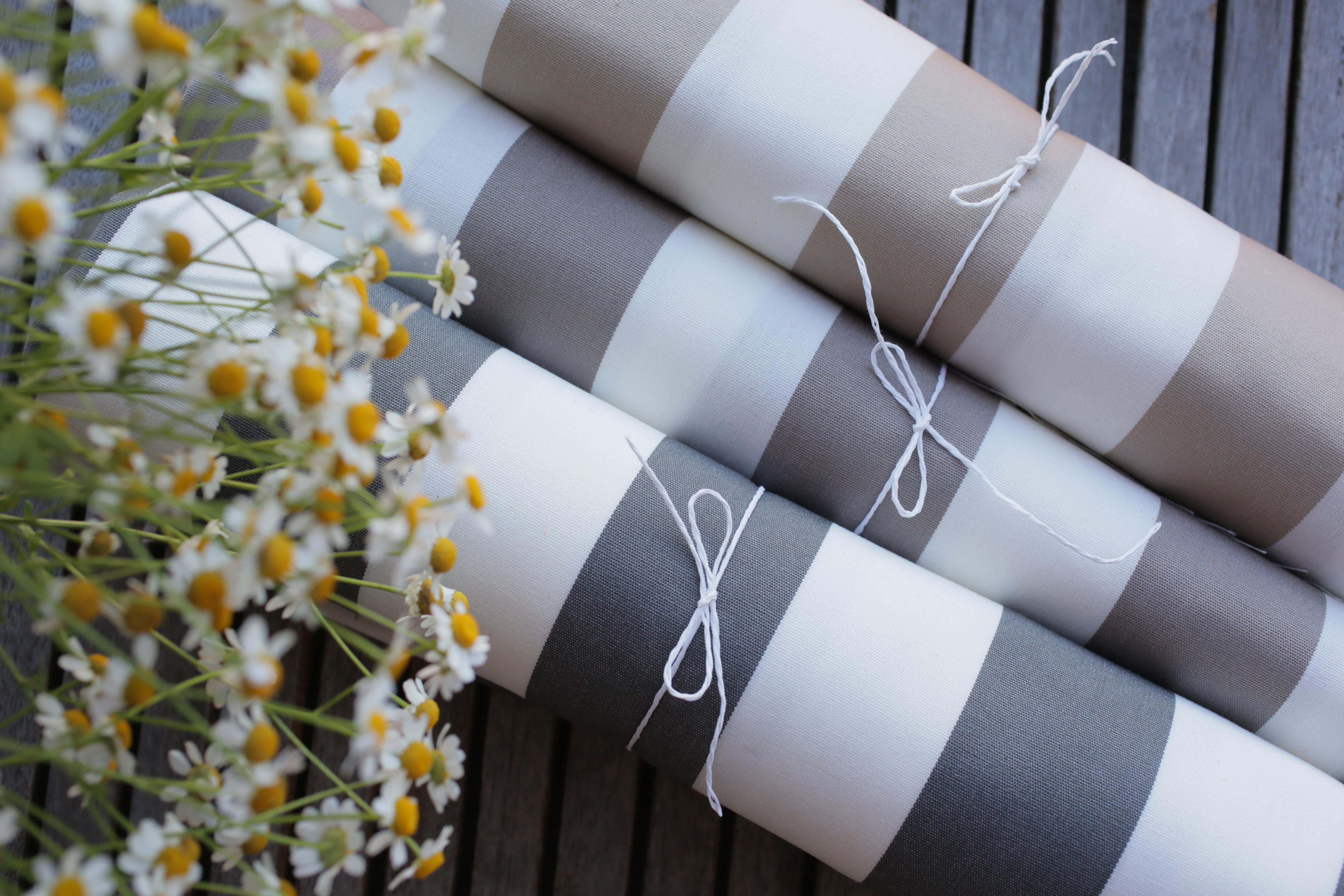
It is no wonder that for a long time the deckchair and the hammock have been symbols of a good summer's rest, comfort, peace and freedom. While all kinds of terrace and garden furniture attempt to surpass them with their sophisticated forms and ergonomic solutions, it is impossible to replace perfection, an idea functioning in our minds as a symbol of democratically available luxury. Regardless of the size, grandeur and functionality of the available solutions, we first and foremost appreciate good quality of fabrics and materials that will prove efficient in all conditions and allow us to enjoy the summer in any weather.
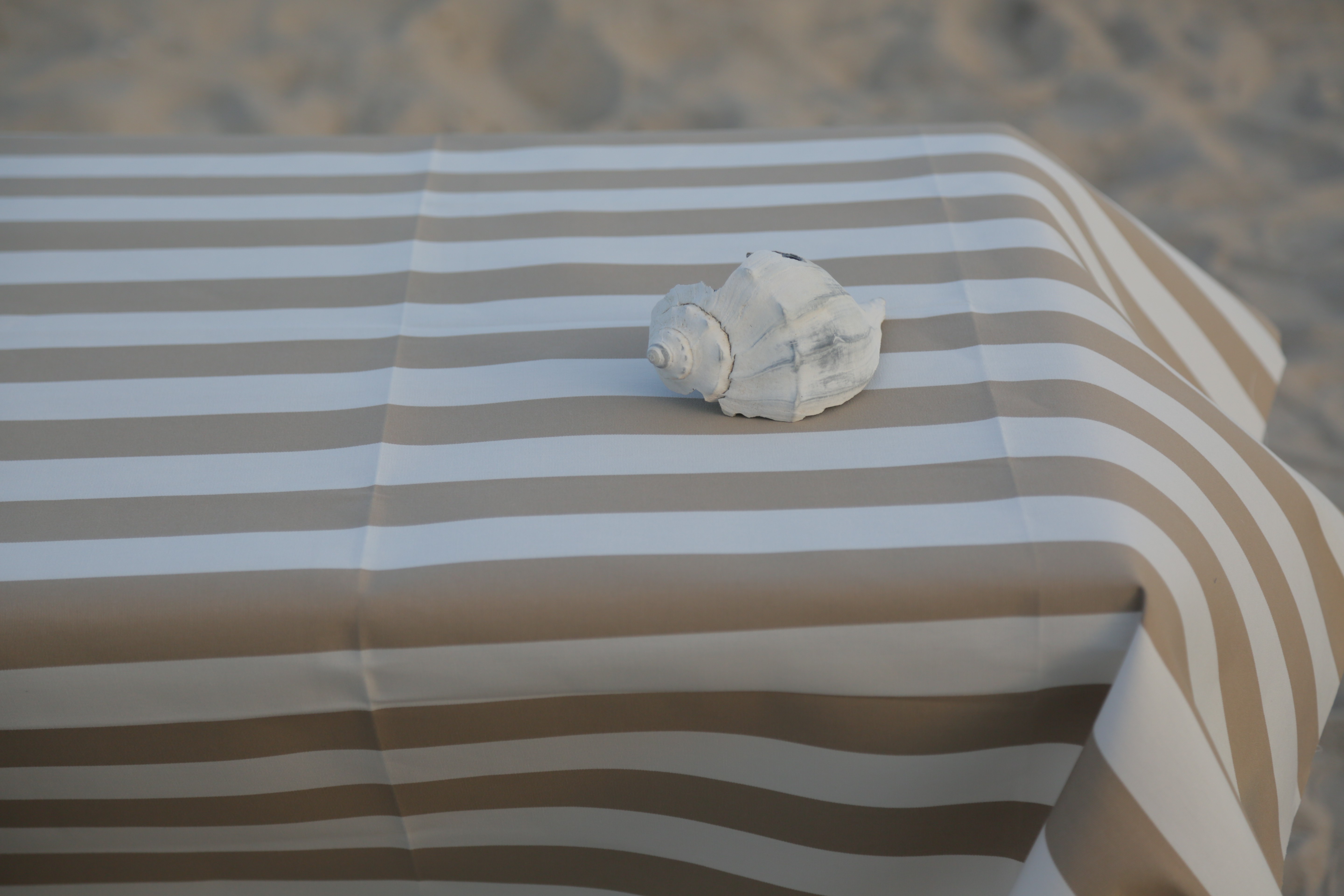
Outdoor fabrics which do not fade and covered in Teflon protective coatings are the greatest allies in our nomadic summer lives. It is great to enjoy our time outdoors, by the water, under clear blue skies, without worrying about protecting our furniture against the sun, salty or chlorinated water or acid rains.
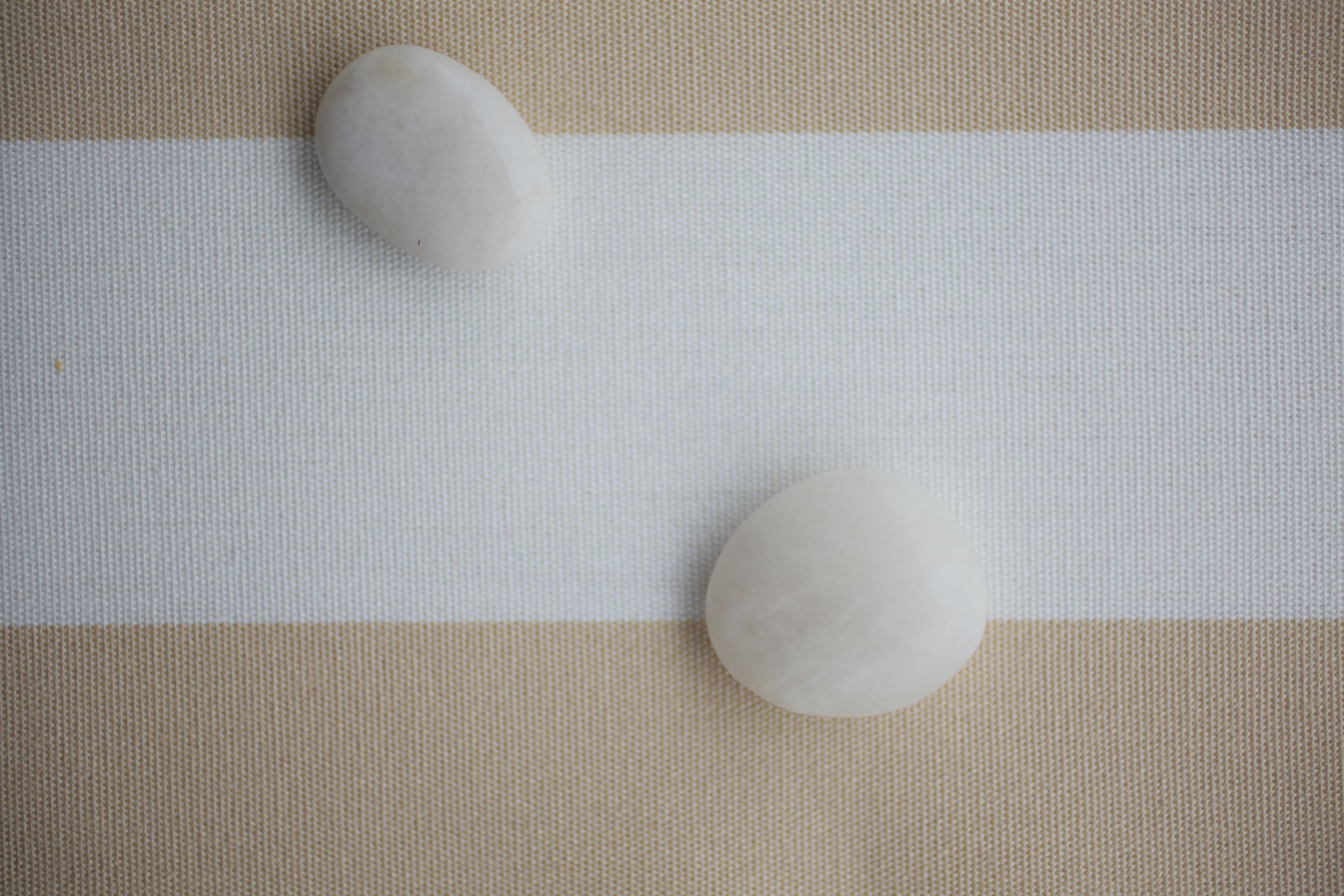
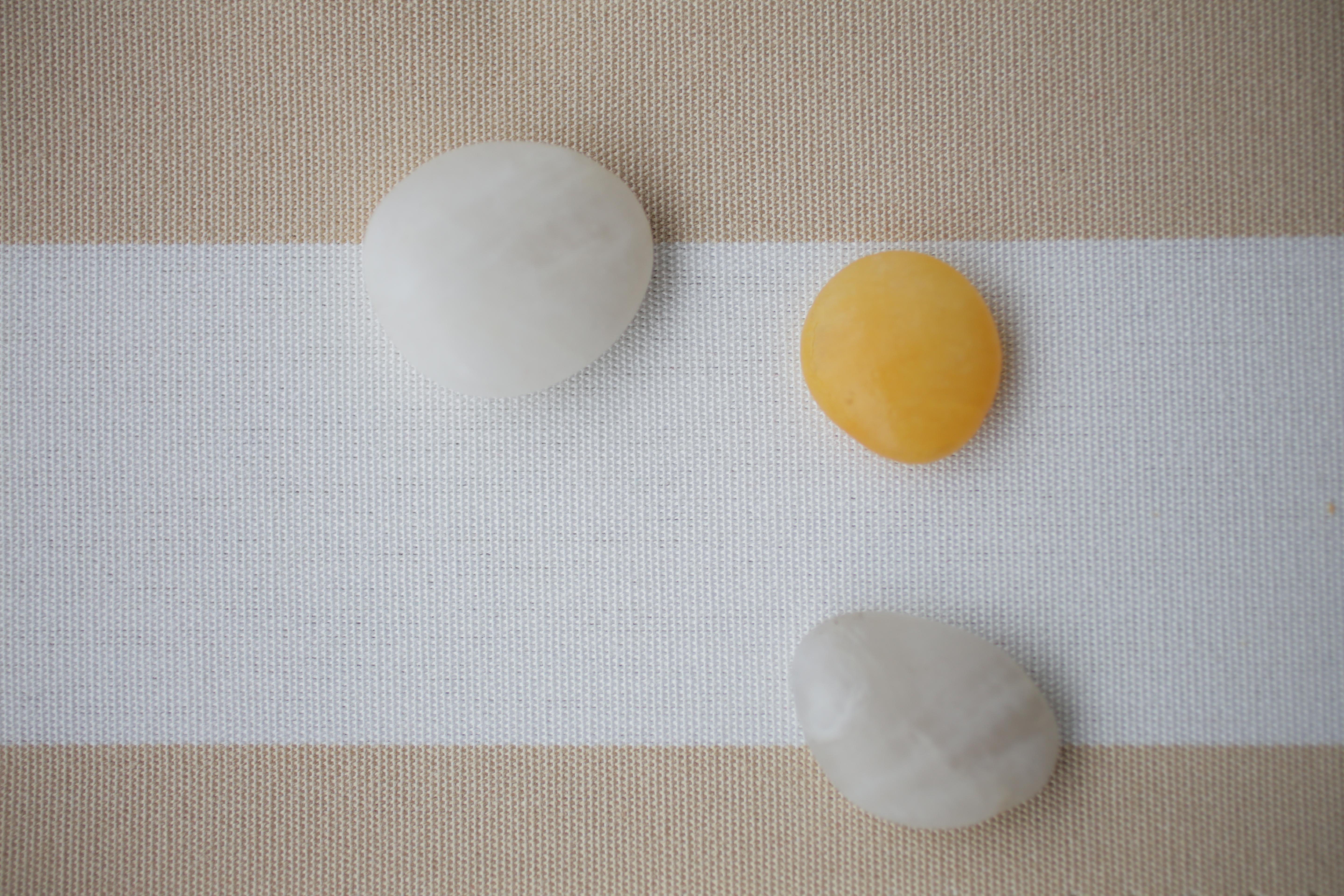
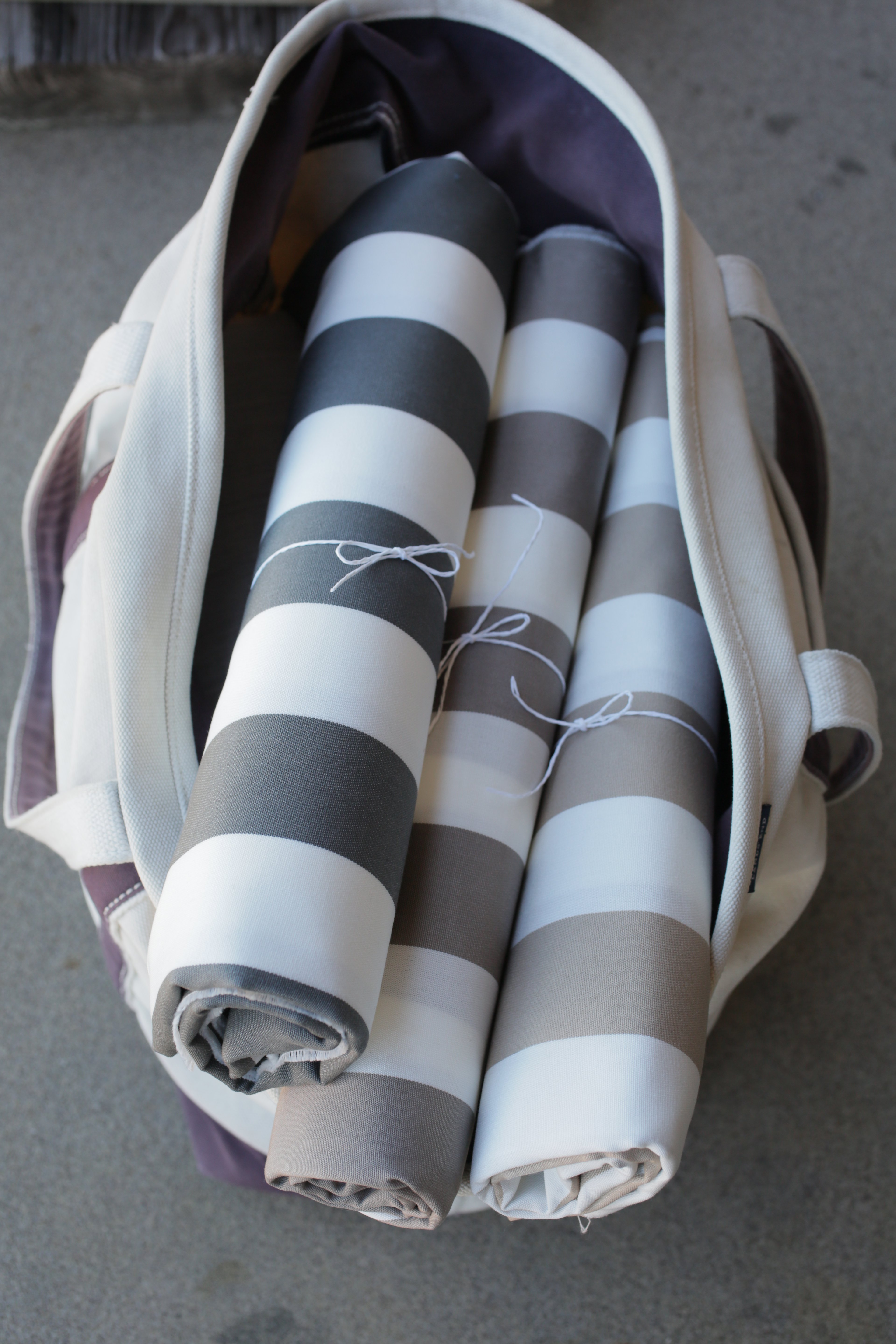
Blissful, lazy moments in the shade of a striped awning. History of the most famous striped fabric.
For a long time it has been known that colours and patterns can affect our souls similarly to energy drinks affecting our bodies. They are stimulating and inspiring, giving us energy, joy and vitality. Stipes are said to be the pattern that has the strongest influence on the sense of happiness.
Although for a long time stripes were the sign of exclusion or transgression, and modern societies considered them an attribute of social outcasts (slaves, servants, sailors, galley rowers), their history in the world of modern fashion and interior design is more interesting and optimistic.
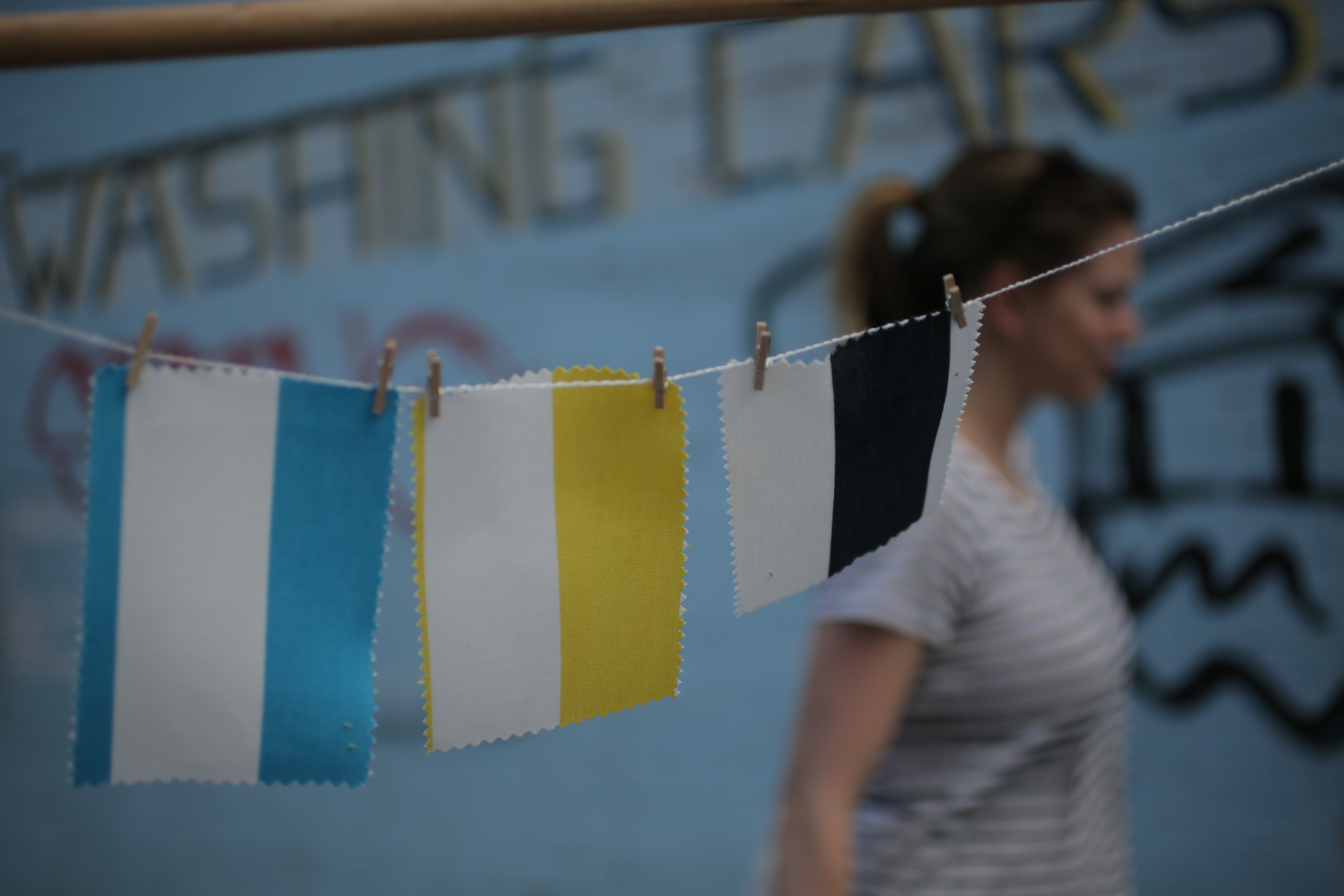
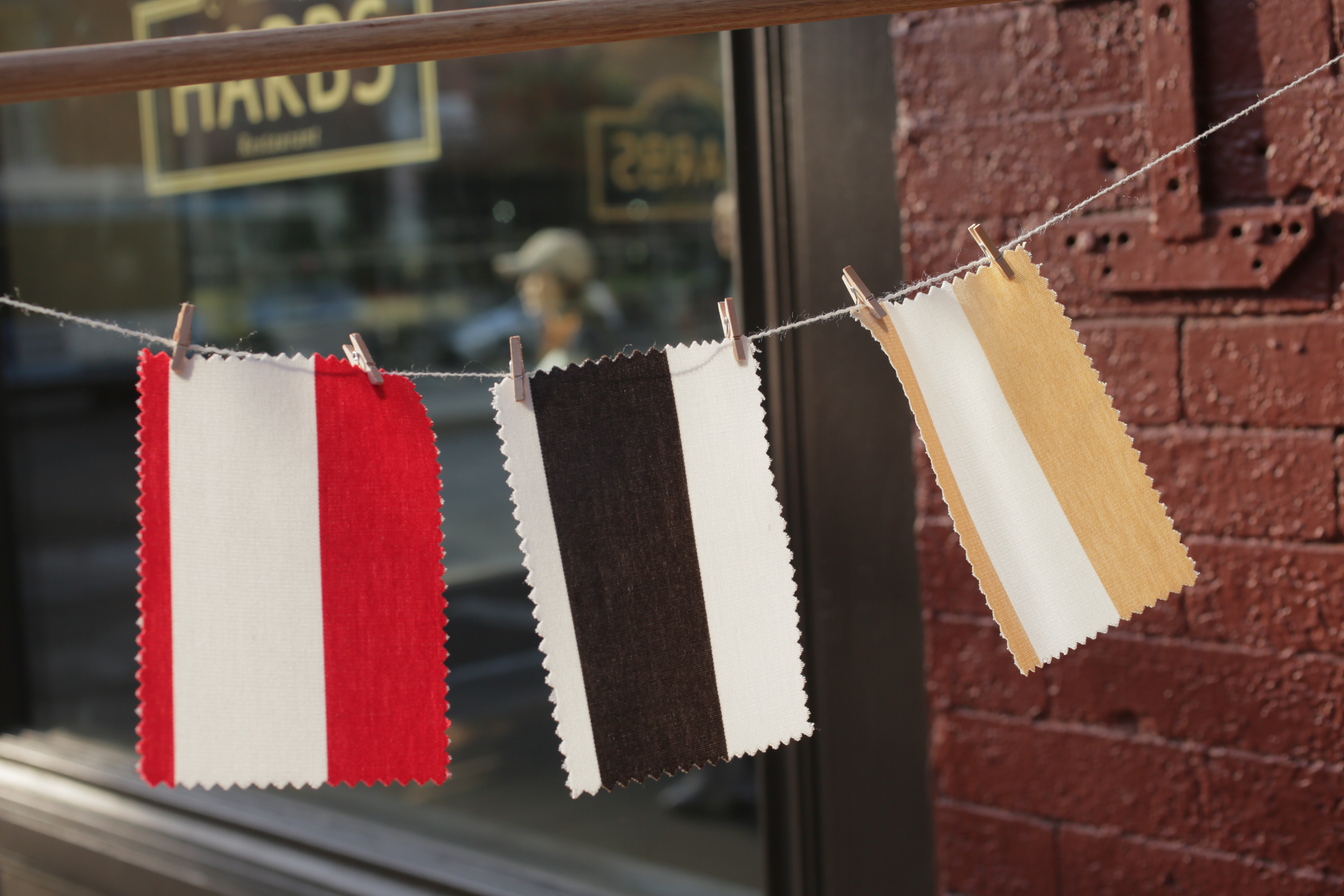
Particularly significant among striped patterns is the sailor stripe (in its classic white and blue variant) also known as the awning stripe which, together with the aforementioned deck chair and hammock, became symbols of summer leisure and SPA luxury in modern design.
The history of the stripes starts as early as 1860, when this pattern was used in clothes worn by French seamen. It was intended to help finding sailors if they fell overboard as it was highly visible even during stormy weather. The original sailor’s shirt had 21 blue stripes, each signifying one of Napoleon's victorious battles.
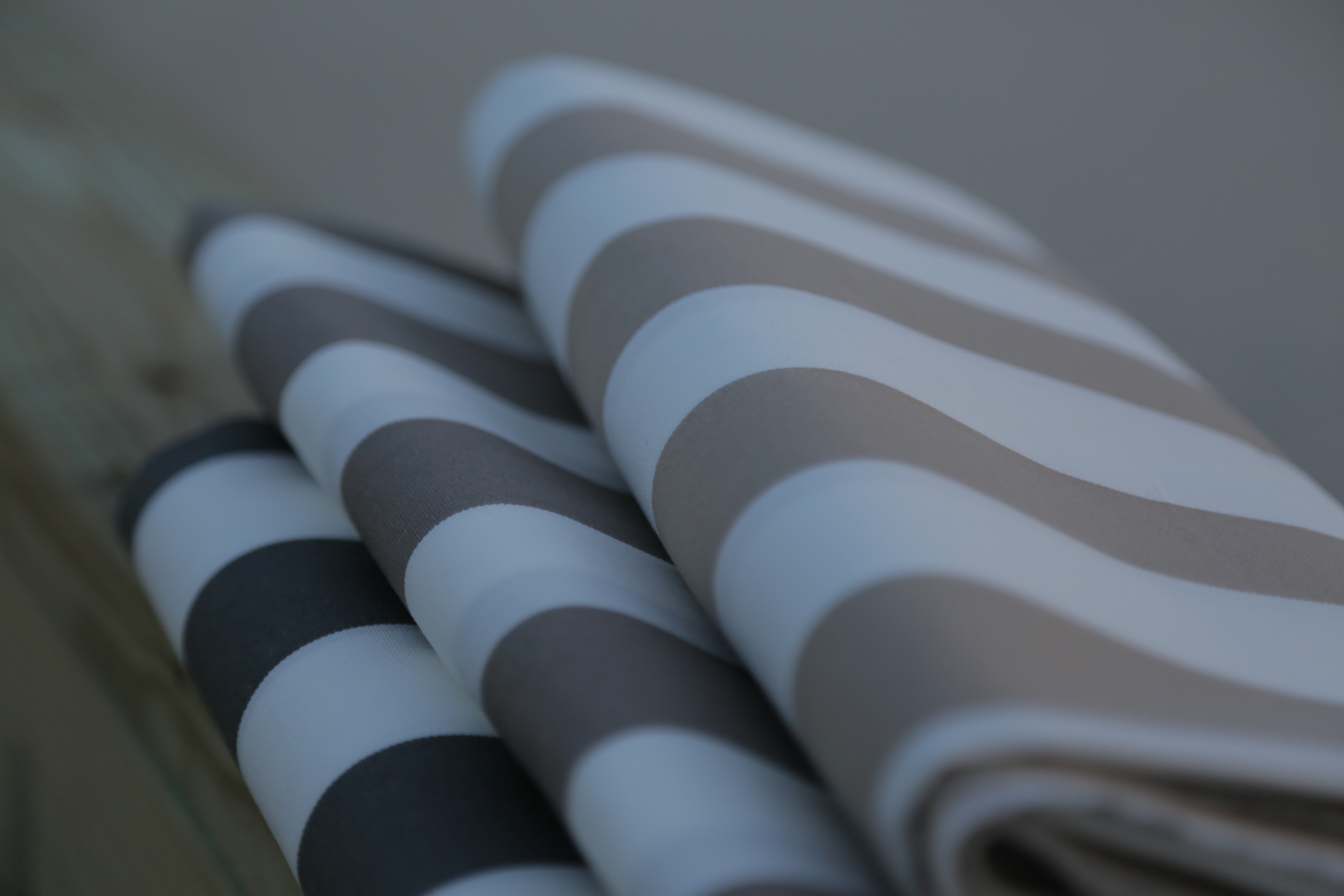
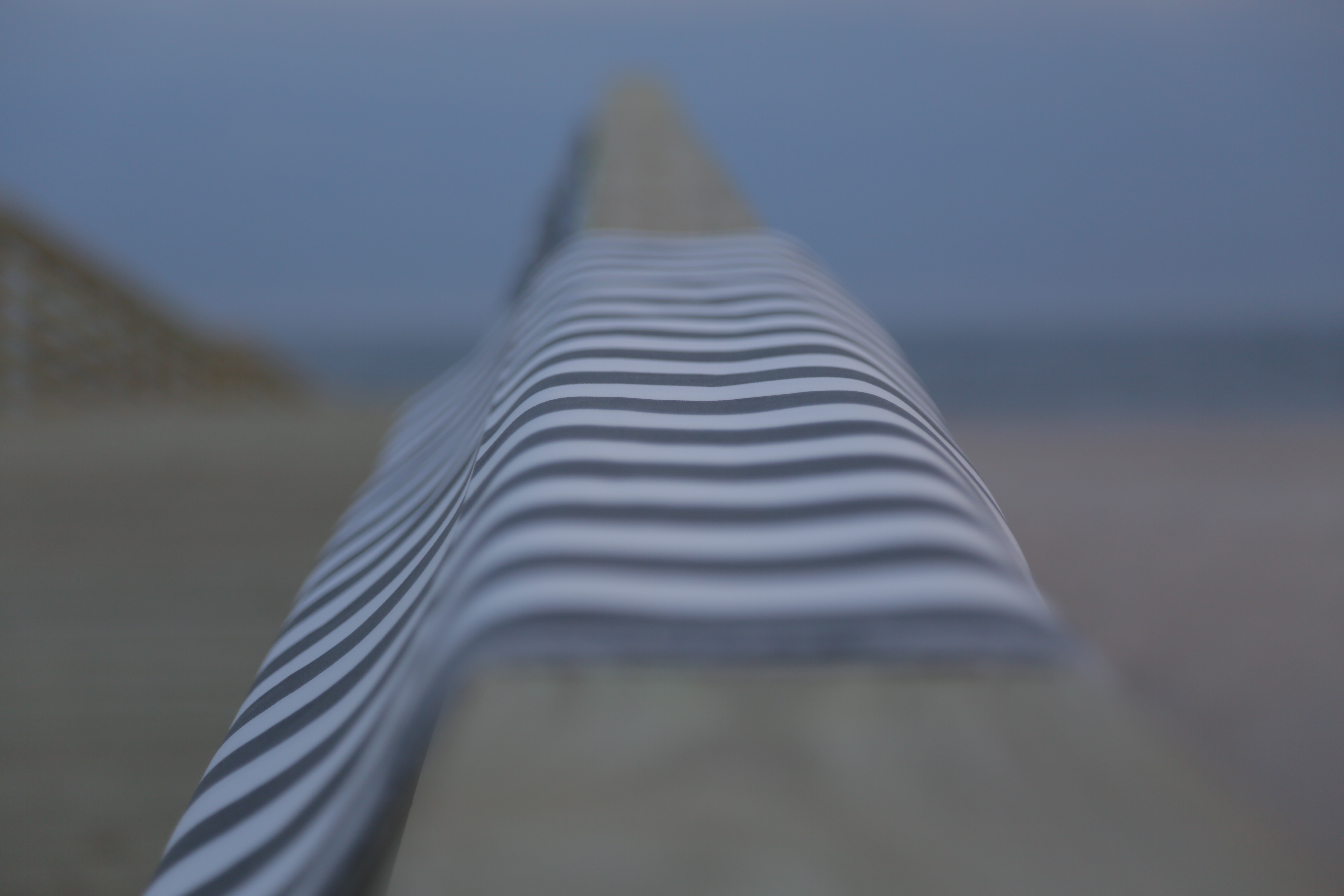
It is believed that this marine style was introduced to the high society by Queen Victoria, who dressed her son, Edward VII, in a sailor's outfit for one of official celebrations. It caught on. Soon, all children from good homes wore white and blue outfits. Then, in the 20th century, the pattern became popular among adults thanks to Coco Chanel who in 1917 made it part of the "resort" outfits worn during summer holidays in fashionable resorts.
Thus, the striped pattern became famous and popular. Soon, it was no longer associated only with sailing, but also with vacations as well as a light, airy and elegant style. After becoming popular in fashion, it became part of interior design as an extraordinary, fresh decorative motif and has remained in use to this day. Over time, wide stripes on a white background became available in a number of colours (first red, then yellow). Today, they are considered timeless. They never go out of fashion. They are constantly used in interiors in all shapes and sizes. The number of variants is truly uncountable.
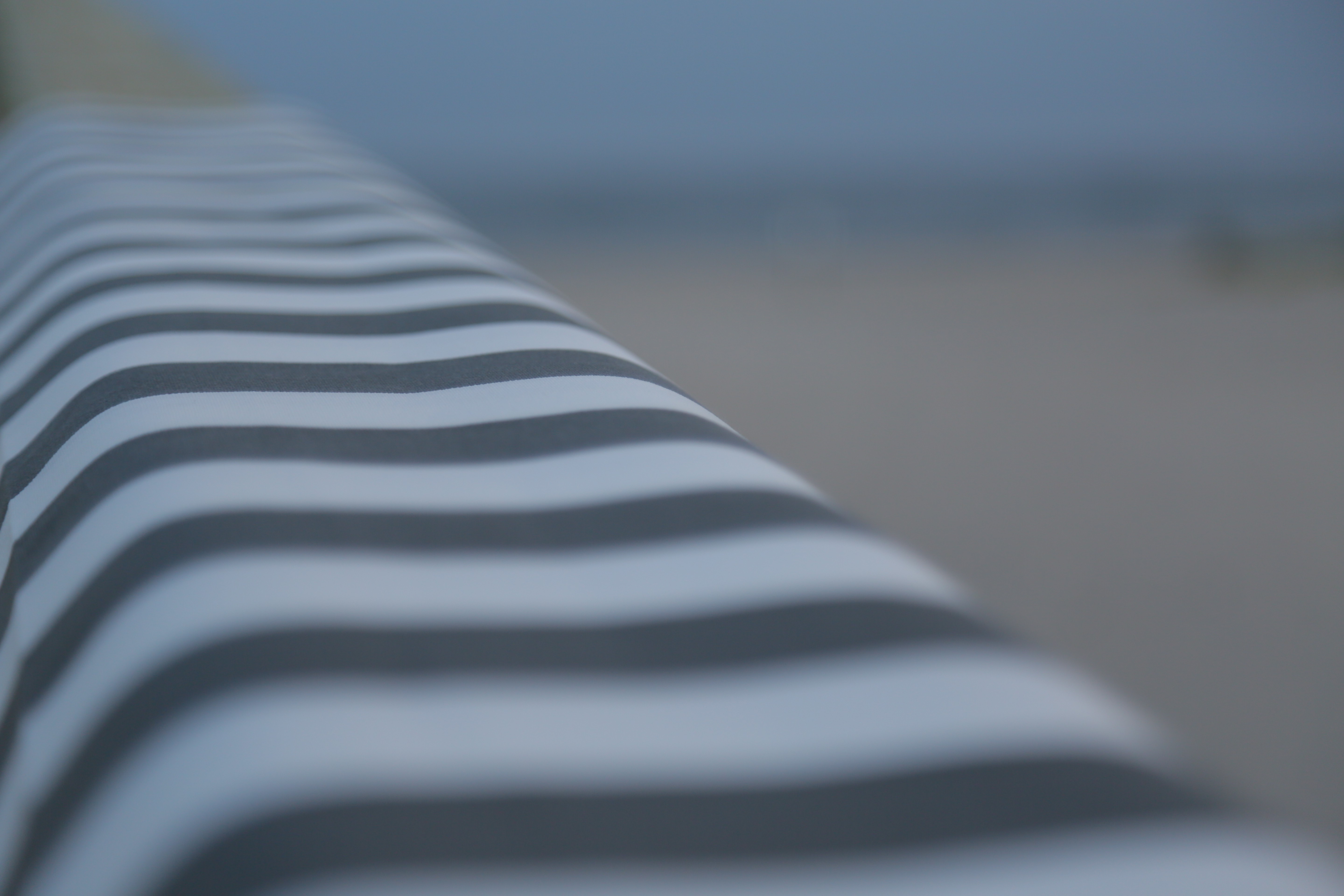
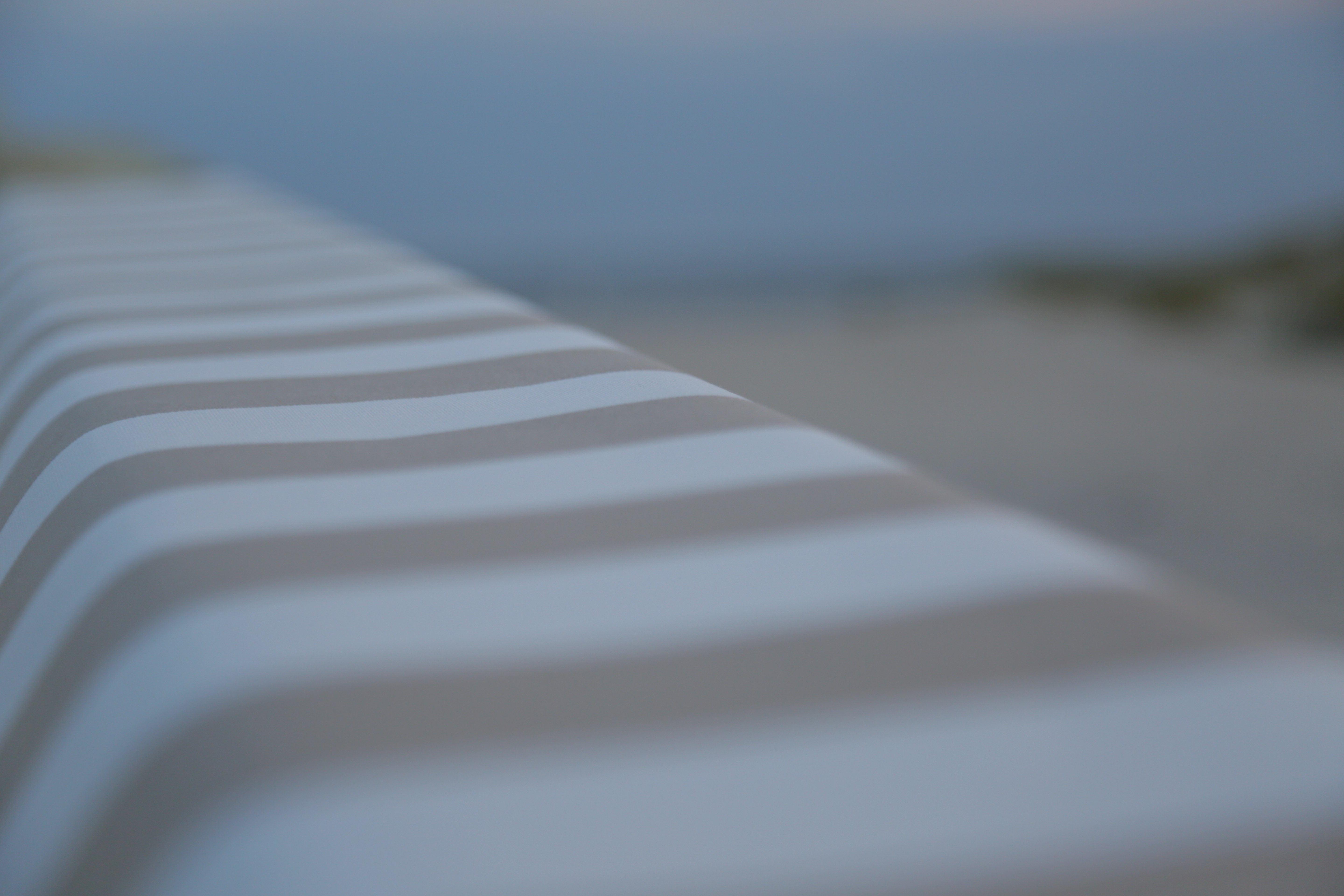
Sailor stripes have been used in interior decoration fabrics since the 1950s and are among the most popular patterns. They are most frequently used in cushions, bedclothes, curtains, carpets, wallpapers and furniture upholstery. Especially now, with the summer holidays approaching, this pattern stimulates the imagination of all who enjoy beaches of Europe and the USA and is an expression of longing for exploration of new lands, adventures as well as relaxation.
Also, many associate this pattern with the houses of young upper-class Americans living in Hamptons and New England. Additionally, this style will perfectly fit interiors, terraces and balconies of those who value simplicity, cosiness and modest design.
But there are very specific colour requirements that need to be followed: stripes love a white background, which acts as a base for various shades of blue: navy, sky, cobalt or turquois. Another important colour is light beige – the colour of sand and seaside dunes. Other frequently used stronger tones include red, yellow and green (all these colours are available in the Holiday colour range).
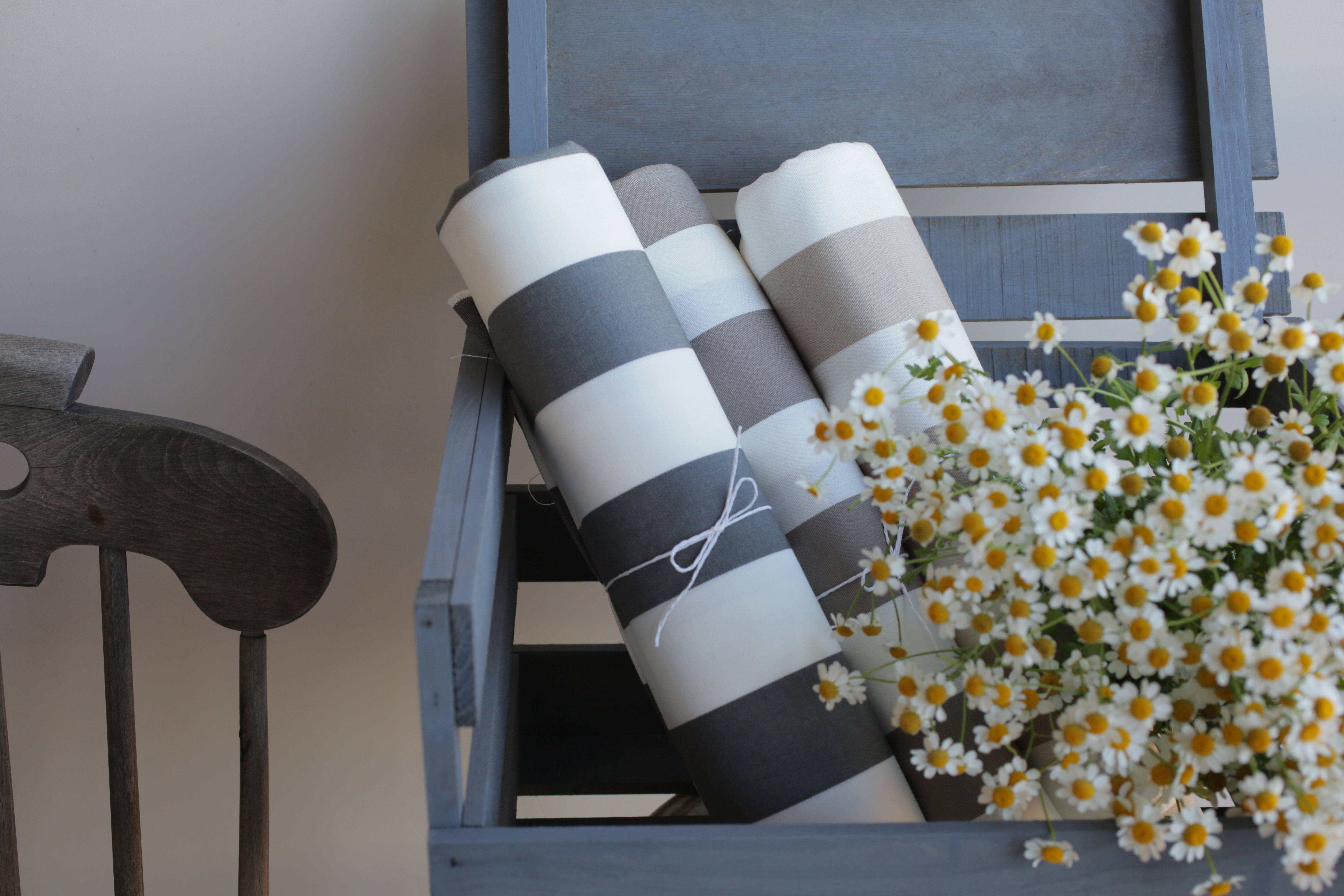
Holiday
Water- and sun-proof, with their colour fade resistant coatings, HOLIDAY outdoor fabrics are perfectly suitable for deck chairs, outdoor furniture cushions, roman blinds, pergola roofs and umbrellas. They can also be used in garden, balcony and terrace decorations. Wide sailor stripes are available in 15 colour variants, from toned-down beige to intense turquois and red.
Photo-session for DEKOMA at Long Beach (NY), June 2019.
Creative idea and styling - MBBM Studio.
Photography - Boris MIller

